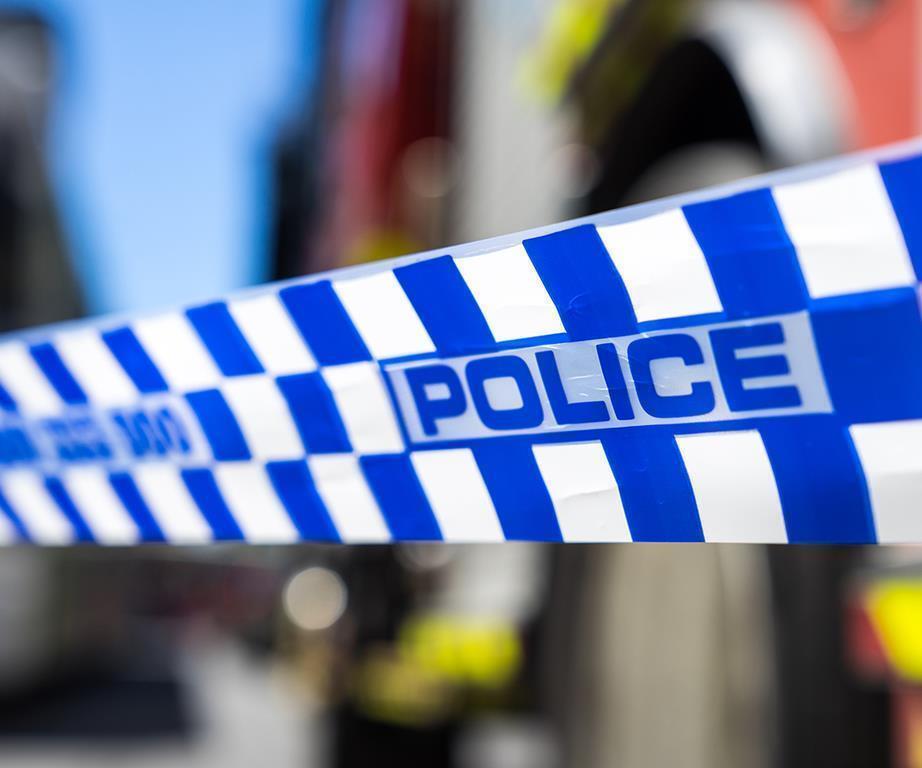It’s been two years, but Phyll Pattie still finds herself holding back tears as she recalls the day her daughter almost died in a horrific car crash.
It was a bright, sunny and hot summer’s day in January 2015. Mackenzie Paton, who is Phyll and husband Clive Paton’s youngest daughter, was on her way to her parents’ Martinborough home in the Wairarapa.
She’d finished work – a summer research job she loved – at the Dowse Art Museum in Lower Hutt and had safely negotiated the challenging drive up and over the Rimutakas.
Less than 20 minutes later, Phyll (62) and Clive (67) got a phone call every parent dreads – Mackenzie had been in an accident just 10 minutes from home. She had pulled out of a notoriously dangerous intersection and been t-boned by an oncoming car.
The scene was straight out of a disaster movie. Trapped in her mangled car, crushed and bleeding internally, Mackenzie was drifting in an out of consciousness. Crew from both the Martinborough and Greytown emergency services were working to stabilise her so she could be cut from the wreckage.
Adding urgency to the situation was the fact they couldn’t find a radial pulse and were aware that the pressure of the metal was the only thing stopping her from bleeding to death. There was also the risk she could be paralysed if they moved her unnecessarily.

Mackenzie being transferred by air ambulance after surgery.
“I wanted to look at her, but I was afraid I’d break down,” recalls Phyll. “I didn’t want to be left haunted by that picture of her if she’d died. It was obvious what they were doing was really, really urgent.”
As the fire and ambulance crews worked on, the Life Flight Trust’s Westpac rescue helicopter, based in Wellington, had been called in. Its crew and paramedic reached Mackenzie with only minutes to spare.
“I was standing at the side of the road praying for the helicopter to turn up,” Phyll tells. “I could hear them asking, ’What’s her blood pressure?’ And I’m going, ‘She’s going to die. Please, hurry! Please, hurry!’ It was such a relief when it arrived.”
Mackenzie recalls the day.
“I’d convinced my workmate to come swimming with me at Oriental Bay before work. I’d sent an email to Mum saying it was a wonderful day, love you, and could you possibly hem my jeans for the party tonight.”
She remembers pulling out of the intersection, but little of the hour-and-half she spent trapped in her car or the chopper ride to Wellington Hospital.
Six hours of life-saving emergency surgery at the hospital revealed Mackenzie had suffered a shattered pelvis, along with a punctured bladder and bowel, a damaged kidney, six broken ribs, a neck fracture and one of her arms was broken in two places. A four-day stay was followed by a transfer to Middlemore Hospital in Auckland.
Again, her lift was Life Flight, which came to Mackenzie’s rescue, this time in the form of the organisation’s air ambulance, which is effectively a high-tech, flying intensive care unit.
The now 24-year old says the plane was vital, although it took her a while for the practicalities of the flight to sink in.

Life Flight crewman Logan Taylor (left) and pilot Harry Stevenson helped save Mackenzie’s life.
“I was lying in traction, covered in tubes, unable to move any part of my body, and then they said, ’We’re flying you up to Auckland.’ It was really frightening at first, but they loaded me onto some really hi-tech traction gear that holds you rigid, flat and totally immobilised. Apparently I told Mum that I felt like a side of vac-packed salmon!
“All joking aside, if that service and all the equipment weren’t there, I don’t know what they would have done.”
At Middlemore, a team of orthopaedic specialists screwed and bolted Mackenzie’s pelvis back together in a 14-hour operation. She also had surgery to set and pin her broken arm. More surgery to open and clean the pelvic wound after it became infected followed.
Once out of danger, the ambulance plane flew her back to Wellington. Mackenzie spent two months in hospital, was on crutches for six months and spent 15 months using a walking stick.
The former arts student is now looking to join her viticulturist parents – along with Clive’s sister Alison, they own the aptly named vineyard Ata Rangi, which means “new beginning”. She also plans to take up an internship with a wine importer/distributor in Toronto next year.
Understandably, Mackenzie and her parents have also become staunch supporters of Life Flight and the work it does.
“Once we’d established that Mackenzie was neither brain damaged nor paralysed, we knew how fortunate we’d been,” says Phyll. “The medics told us she had less than 10 minutes left by the time they got her through the hospital doors. Mackenzie would have died without Life Flight.”

Facts and figures
• Life Flight provides emergency flights for critically ill people, including children and premature babies
• More than 28,000 people have been helped by Life Flight.
• It needs to raise $5.3m from the community each year to maintain its services
• Teams are on-call 24/7 and, on average, there’s an emergency call-out every six hours.


